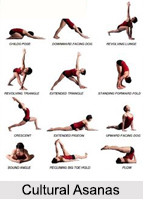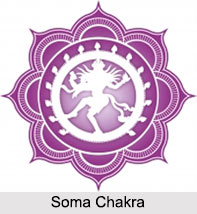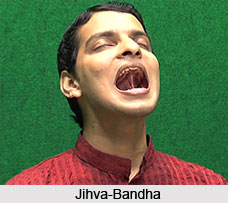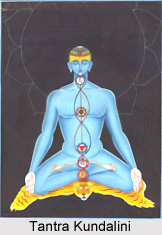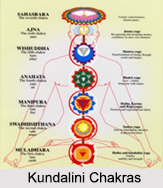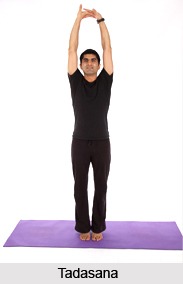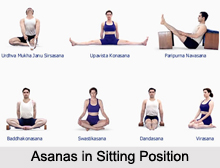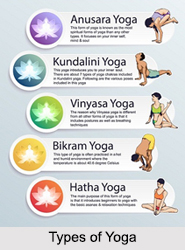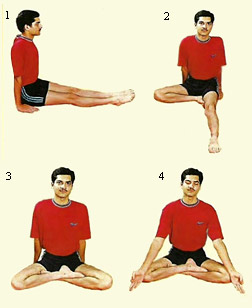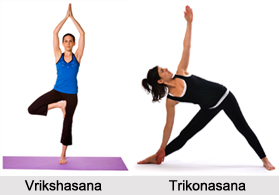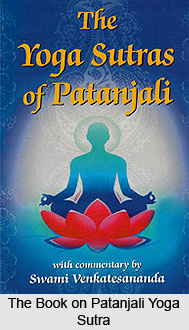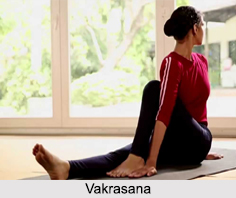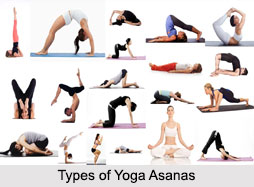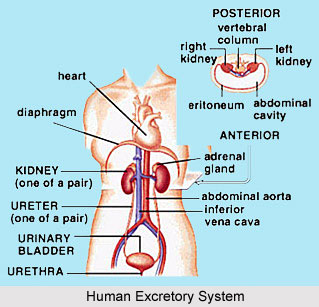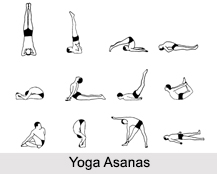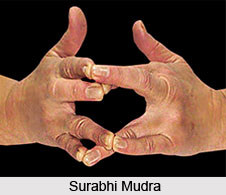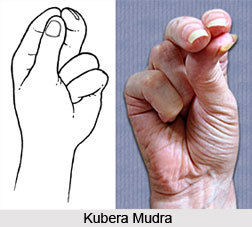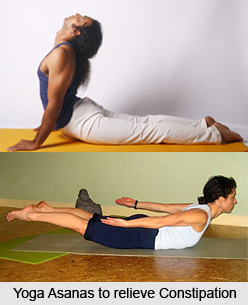 Medical conditions impacting the practice of Yoga Asanas refer to the various ailments; acute or chronic; that affect or restrict the performance of selected Yoga Asanas. It also involves the pre-existing health issues that yoga practitioners must consider while choosing their Asanas.
Medical conditions impacting the practice of Yoga Asanas refer to the various ailments; acute or chronic; that affect or restrict the performance of selected Yoga Asanas. It also involves the pre-existing health issues that yoga practitioners must consider while choosing their Asanas.
Heart conditions and Yoga Asanas
People with a weak heart condition are advised to avoid Sirshasana, Uddiyana, Nauli, Bhastrika and Kapalabhati. The same exercises are also excluded for lung conditions, as they involve much heavy breathing, although some, like Rechaka, Puraka and Ujjayi are recommended for practitioners with weak lungs in order to strengthen them. Sirsasana should not be performed by those with high blood pressure also. It is advised to restrict oneself to forward bending exercises as these help decrease one`s blood pressure. Those recording blood pressure above 150 and below 100 mm habitually, should exclude the Yogic exercises altogether.
Women and Yoga Asanas
Women can practice asanas during first three months of pregnancy, though only the Baddha Konasana and the Upavishta Konasana may be practiced after the first trimester, as they strengthen the pelvic muscles and reduce labour pains. Women are usually advised not to perform asanas during their menstrual period, as asanas tend to concentrate on the abdominal region, however, a select list of asanas can help if the menstrual period encounters complications. Women should not stand on their heads while menstruating, thus precluding asanas like Sirsasana.
Digestive conditions and Yoga Asanas
Bhujangasana, Salabhasana and Dhanurasana are to be avoided by persons with considerable tenderness in the abdominal viscera, especially when the spleen is excessively enlarged.
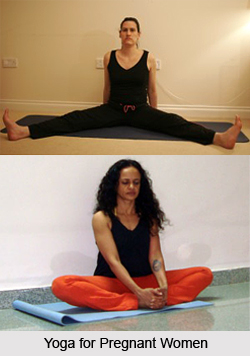 Those suffering from constipation are advised not to practice Yoga Mudra and Paschimotasana excessively.
Those suffering from constipation are advised not to practice Yoga Mudra and Paschimotasana excessively.
People with weak digestion should take to low protein diet. They should satisfy themselves with two meals per day and if possible even with one, the place of the other meal being taken by light refreshment. Water taken half an hour after the meal suits almost every constitution.
Children and Yoga Asanas
Introducing yoga asanas to children after the age of eight-ten is a good idea as it helps them to learn how to balance lifestyle from an early age. But the biggest problem with children is sometimes they are not able to understand how long to continue and when to stop a yoga. Sometimes they also fail to recognise the exact area of pain and in return the asana might have an adverse affect. So, the instructor has to be extra careful while choosing yoga asanas for the kids.
Diet and Yoga Asanas
The Intake of proper food and drink is also necessary and forms an important part in the practice of asanas. Eating the right food at the right time is a practice which one should maintain to balance with yoga practice. Developing a mindful eating practice can help to nurture the yoga. One have to keep in mind that over-eating or keeping the stomach empty for long hours can sabotage the practice of yoga.
Diet of yoga asanas mainly emphasises on pure food. It says that there should be a balance of cooked whole grains, milk, legumes, nuts and seeds, using a combination of both raw and cooked foods. Fresh fruits and vegetables should be given importance as they give lightness, happiness, joyfulness and increases intelligence.
All alcoholic drinks are to be cautiously avoided. Stimulants such as tea and coffee should not be taken in excess. Heavy smoking of anything invariably shatters the nerves if one`s addiction spans several years and is hence prohibited if one seeks to become a proper practitioner of Yoga.
Yoga Asanas provide rich mental and physical dividends if the precautions mentioned above are observed while practicing them.

